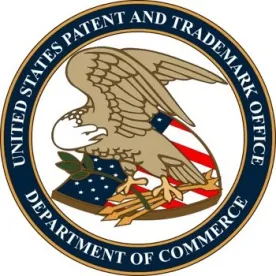Change is afoot at the U.S. Patent and Trademark Office (USPTO). Since Director Andrei Iancu took office in February and declared “creating a new pro-innovation, pro-IP dialogue” a top priority, the agency has experienced a flurry of activity. Beyond the significant shift in its rhetoric on intellectual property, the USPTO has moved to “increase predictability of appropriately-scoped claims,” and has initiated a full review of the process governing the Patent Trial and Appeal Board (PTAB). In addition, the Patent Office continues to reduce delays accompanying patent applications and issue guidance on new judicial developments.
Recently, the USPTO addressed a key feature of the PTAB trial process: the standard governing claim construction. Last month, the agency issued a notice of proposed rulemaking to change the PTAB claim construction standard from the “broadest reasonable interpretation” standard to the “Phillips standard” used in district court and at the International Trade Commission. According to Director Iancu, this change “aims to improve the consistency and reliability of the patent system” by harmonizing the standards used at the PTAB and in federal court.
The USPTO also has taken steps to reduce delays associated with pending patent applications. The backlog of unexamined applications has been decreased—down from a peak of approximately 750,000 applications in 2009 to around 540,000 applications today. Director Iancu’s stated goal is to achieve “optimal pendency,” or around 400,000 unexamined patent applications, with a pendency period of less than 24 months by 2019.
In April, the Supreme Court issued its decision in SAS Institute Inc. v. Iancu, holding that the America Invents Act requires the PTAB to institute review on all claims raised in a challenger’s petition if it institutes review on any of them. Shortly thereafter, the USPTO issued implementing guidance, which requires the PTAB to institute a proceeding on all claims raised in a challenger’s petition or none at all. The SAS Institute decision likely will increase the stakes of the institution stage of PTAB proceedings for patent owners, because a decision to institute will put the entire patent at risk. Conversely, the decision may encourage the PTAB to deny review outright in a greater number of cases, putting additional pressure on parties at the institution phase. As a practical matter, the holding in SAS Institute likely will result in a heavier workload for the PTAB and increase the time it takes the Board to resolve challenges, as institution now requires a final written decision on every claim.
The USPTO also is issuing guidance on patent subject matter eligibility. Director Iancu recently acknowledged that the current standards governing eligibility “are difficult for all,” and committed the agency to work on developing forward-looking guidance that simplifies the eligibility determination for patent examiners and other stakeholders. To that end, in April, the USPTO issued guidance on the “conventionality” analysis in step two of the Mayo/Alice test, in light of the Federal Circuit’s decision in Berkheimer v. HP Inc. Director Iancu has committed the Patent Office to developing additional concrete tests that guide examiners and stakeholders in conducting eligibility analyses.
Considering the high activity level in Director Iancu’s short tenure, we expect the USPTO to initiate additional administrative changes in the coming months. Covington will monitor developments closely, particularly concerning further anticipated changes to the PTAB
Peter Rechter contributed to this article.





 />i
/>i

